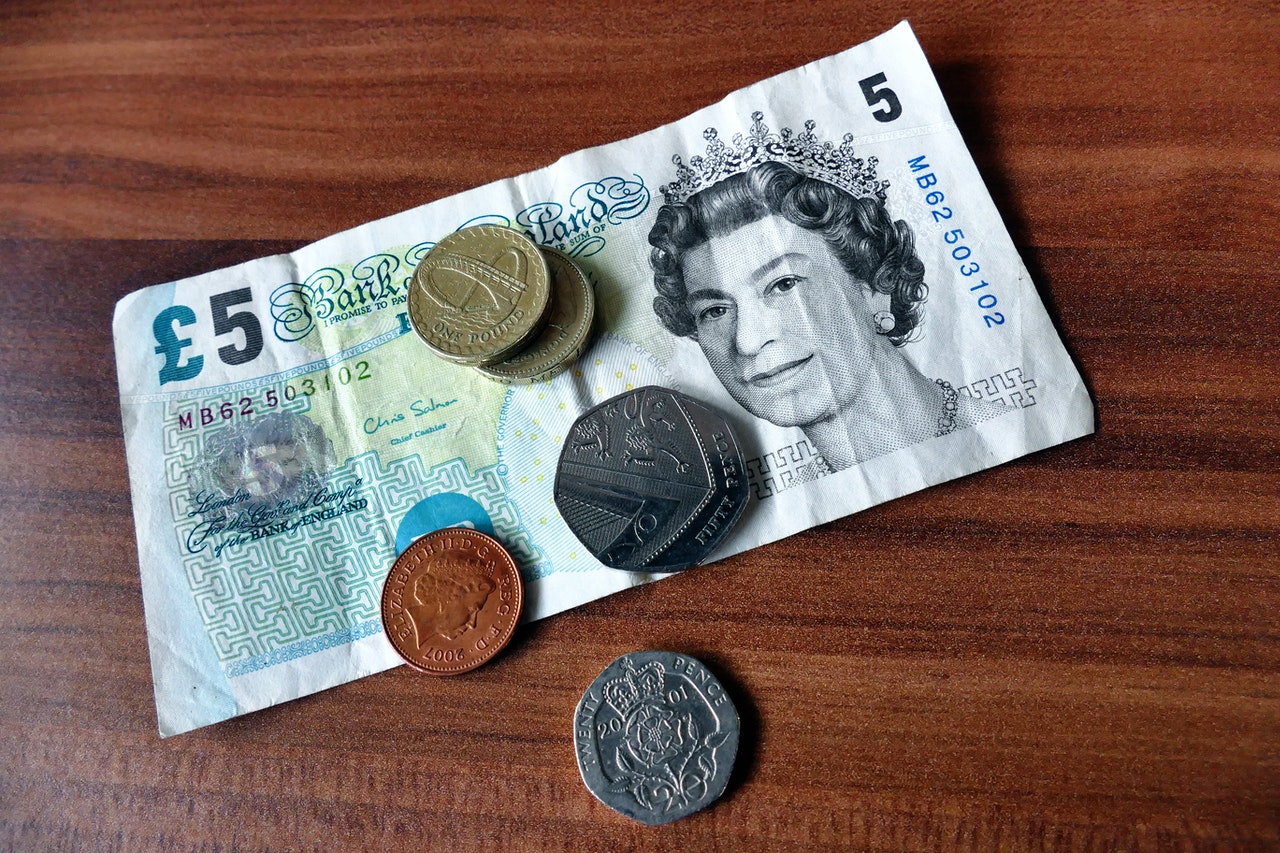
I learned this today. The UK finished paying its World War 2 debt on 29th December 2006 and its World War 1 debt on 9 March 2015.
Fighting World War 1 and World War 2 cost the UK a lot more than they could have imagined. Even though they had an empire, they didn’t have the funds with which to fight a prolonged war. They went into World War 2 a little more worldly wise, but everybody assumed that World War 1 wouldn’t be a long war. Once all the opposing parties got bogged down in the trenches in France and it became a war of attrition, the costs started to add up.
World War 1 started in 1914, and by 1916, the UK was funding the war for all of its empire, all of Italy, and two thirds of the war costs of France and Russia. The money quickly ran out. They used up all of their gold reserves, overseas investments, and private credit. In September 1918, the cost of bullets and ammunition for a single day came to £3.871 million. (That is £191 million in today’s money.)
The UK tried to raise the money by selling war bonds. A war bond is basically a way of raising money by selling debt to regular people. War bonds in the first World War were sold at 3.5%. That means if, for example, you bought £100 of war bonds, you would make £3.50 a year. This was not very high, so the government stressed that buying war bonds was patriotic. The war bonds were sold without an end date, so people could keep them indefinitely. Through this, they raised a lot of money, but the war dragged on and even that money soon ran out.
The only choice left to the UK was to go cap in hand to America and try to borrow some money. The US lent the UK $4.4 billion, which would be about $40 billion in today’s money. With this and their war bonds, the UK somehow made it to the end of the war.
They fully intended to pay back the debt, but by 1934, the debt payments on all of this debt was costing 44% of the government’s expenditure and the UK defaulted on its US debt. They were loathe to do this because they guessed that they would have to borrow money again at some point and that defaulting would make it difficult. They also knew they were owed money by a lot of other countries, and if the UK defaulted on its debt, what was to stop the other countries also defaulting? Several other countries defaulted on their US debt, and the UK followed suit.
They didn’t default on the war bonds and kept paying the interest. In 2014, the government made the decision to pay back the last of these war bonds and on the 9th March, 2015, they paid back the last £218 million of government debt from World War 1. They never paid back the US, though.
Then World War 2 came around and the UK found itself back in the same place. The war dragged on, the costs rose, and the UK soon found itself without the ability to pay. Government war bonds weren’t raising enough money. As in World War 1, the US stepped up to help. They created the Lend-Lease program. Throughout the war, this provided the UK with food, weapons, equipment, money, and a whole host of other things to fight. This was not a loan, and nothing had to be repaid. Some of the equipment was expected back, but hardly any of it was ever returned. The loan came at the end of the war. On the 21st August, 1945, the US ended the lend-lease agreement and the UK economy went into shock. The war had basically bankrupted them and without the lend-lease system the country could not function. The economist John Maynard Keynes was sent to America and Canada to try to negotiate a loan. The UK government hoped that the US and Canada might give them a gift, but they ended up getting the Anglo-America loan, which was $3.75 billion from the US and $1.19 billion from Canada at 2% interest. ($54 billion and $17 billion today.) At the time, the government of the UK was upset at the interest rate, but over the years it came to be seen as very favorable.
The UK paid this loan back yearly, and the last payment of $83 million to the US and $23.6 million to Canada was paid on the 29th December, 2006.
Without these loans, and all of the other US support during the war, it is doubtful that the UK would have survived.
So, the First World War was paid for by government bonds to start with and then a loan from the US. The UK government paid back all of the bonds but defaulted on its American loan. After the Second World War, the UK borrowed money from America and Canada, which it did pay back. And this is what I learned today.
If you read this far, I would appreciate a like and a follow.
Sources:
https://en.wikipedia.org/wiki/History_of_the_British_national_debt
https://qz.com/290183/in-2014-countries-are-still-paying-off-debt-from-world-war-one/
http://news.bbc.co.uk/2/hi/uk_news/6215847.stm
https://www.bbc.com/news/business-30306579
https://www.cnbc.com/2015/03/09/uk-finally-finishes-paying-for-world-war-i.html
http://www.eastsussexww1.org.uk/cost-first-world-war/index.html
https://en.wikipedia.org/wiki/Economic_history_of_World_War_I
https://en.wikipedia.org/wiki/Anglo-American_loan
https://voxeu.org/content/extraordinary-story-britain-s-early-efforts-finance-first-world-war
https://en.wikipedia.org/wiki/War_bond
https://www.bondvigilantes.com/insights/2010/02/what-happened-the-last-time-the-uk-defaulted

